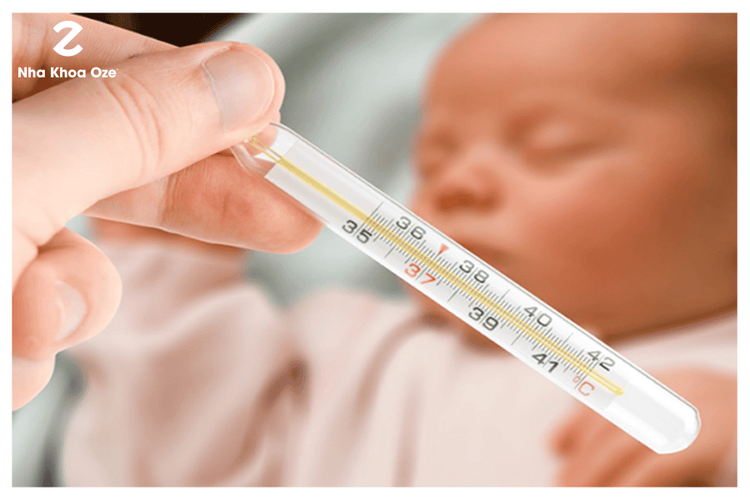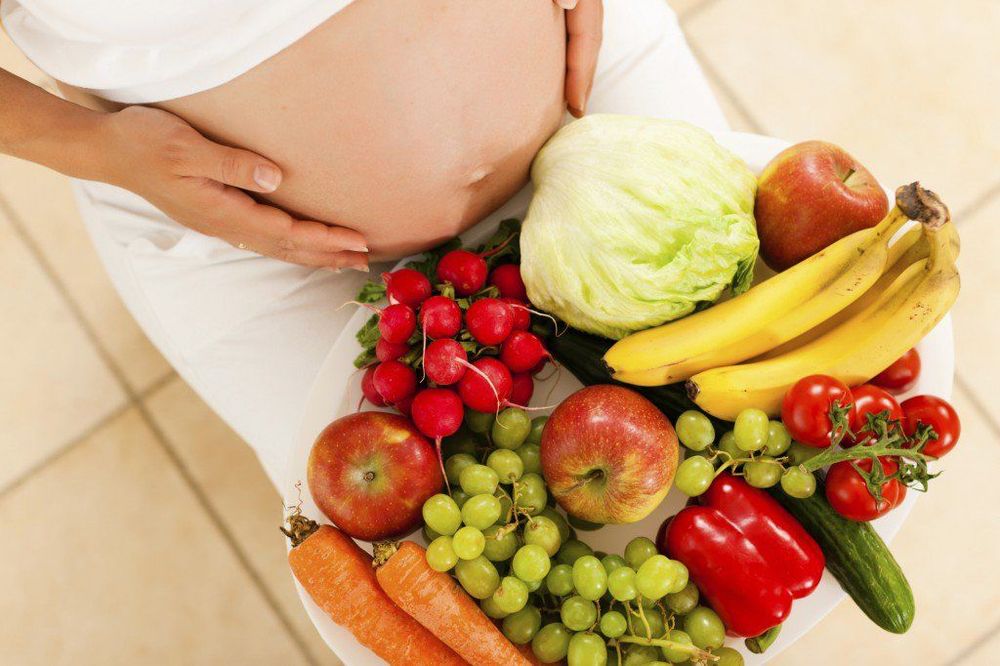This is an automatically translated article.
Malnutrition and stunting seriously affect children's learning ability and physical condition. If the disease is not treated and prevented early, it will have a negative impact on the comprehensive development in the future. Changing the diet for malnourished children is a good measure that parents need to pay special attention to.1. What is child stunting?
Malnutrition in children occurs when the food consumed daily does not provide enough energy and micronutrients for the body. Children from 6 months to 3 years old are very susceptible to malnutrition. Accordingly, stunting is a form of malnutrition to describe the condition of children not achieving height according to age and gender standards. Accordingly, malnourished children in this form hinder the growth of children's height and brain, and threaten their lives.
SEE ALSO: Caring for and nurturing malnourished children

Trẻ suy dinh dưỡng thấp còi sẽ ảnh hưởng tiêu cực đến sự phát triển trí não của trẻ
2. Causes of child malnutrition and stunting
Here are some causes of stunting in children such as:
2.1. Unsecured nutrition of pregnant women before and during pregnancy
Before planning a pregnancy, you should start building a balanced diet. Accordingly, the nutritional regime will change in each stage of pregnancy to match the development of the fetus. If there is a lack of micronutrients, babies are born with an increased risk of being underweight and stunted.
2.2. Child nutrition is not guaranteed right from birth
For the first 6 months of life, babies need to be exclusively breastfed. However, many mothers have lost or lack of milk, causing their babies not to be provided with adequate nutrition, gradually leading to malnourishment.
2.3. Children are sick for a long time
Infants and young children are susceptible to respiratory and gastrointestinal infections. Prolonged illness leads to the growth and absorption of nutrition of the baby. In addition, stunting is also caused by some birth defects in children.

Trẻ thường xuyên bị nhiễm bệnh, sốt cao tăng nguy cơ bị suy dinh dưỡng
3. Signs of child malnutrition and stunting
The most obvious manifestation to help determine the status of stunting in children is the growth of the correct length/height of the child. The standard to measure this growth is based on the measurements released by the World Health Organization (WHO) in 2006. Specifically, malnourished children with stunting will have a height below the threshold of -2SD (according to WHO standards) compared to children of the same age and of the same sex. Malnutrition can be detected early if children are weighed and measured periodically. Therefore, children under 2 years old need to be weighed once a month. Children over 2 years old to 5 years old will be measured every 6 months. In particular, the baby diagnosed with malnutrition needs to be weighed and measured once a month to be carefully monitored.
In addition, parents can rely on the following signs to recognize stunted malnutrition in children:
Calf muscle, bland biceps. Fat in the area of the arm atrophy. The abdomen is sunken, the skin is pale. Hair is easy to fall out and thin. Anorexia, anorexia, children have no appetite. Severe digestive disorders. There are symptoms of edema or atrophy. Encounter some vision problems such as night blindness, dry cornea,... MORE: Diet, child care for stunting malnutrition

Trẻ biếng ăn là một dấu hiệu của trẻ suy dinh dưỡng thấp còi
4. Diet for stunted malnourished children
In order to improve stunting in children, parents need to start making a plan to adjust their children's nutrition. The purpose of the main diet is to help develop the child's height and strengthen the immunity. According to experts, stunted children need to be prevented by taking care of pregnant mothers before and during pregnancy until birth, exclusively breastfeeding for the first 6 months of life, and eating food. miles, additional meals,... Specifically:
4.1. Mother during pregnancy
During pregnancy, pregnant women should increase nutrition to reduce the risk of malnutrition in children. Besides a scientific diet, pregnant women can consult a doctor about taking a multivitamin supplement. Because the diet may not be enough to meet the nutritional needs of pregnancy.

Mẹ bầu cần có chế độ ăn khoa học để ngăn ngừa trẻ suy dinh dưỡng thấp còi
4.2. When a baby is born
Parents need to take some measures to take care of malnourished children such as:
Make sure the child's body is cleaned and washed regularly. Keep body warm. Talk to your doctor about taking some vitamins, iron supplements, and digestive enzymes. Babies need to be breastfed as early as 1 hour after birth to enjoy the precious source of colostrum. Then, during the first 6 months of life, babies need to be exclusively breastfed. Breastfeeding can be continued until the baby is 2 years old or longer.
From one year of age onwards, children need to be supplemented with preventive zinc, and at the same time diversify the daily menu for children. According to nutrition experts, the group of fats and oils should be mandatory in the daily diet in addition to protein-rich foods such as: Meat, eggs, fish, shrimp,...
Some micronutrients are recommended. Supplementing and strengthening to develop height in children such as:
Vitamin A, Iodine, iron: These are necessary substances to strengthen the immune system, prevent goiter and slow brain development in children. In addition, iron also plays a role in transporting oxygen to cells in the body. These nutrients are found in foods such as seafood, green vegetables, soybeans, etc. Calcium: Calcium plays an important role in height growth and prevents osteoporosis in children. Children between the ages of 3 and 5 years old need to pay special attention to a diet rich in calcium. Foods containing high calcium content include: green vegetables, soybeans, fish, cereals, biscuits,... Zinc: Zinc deficiency in children will lead to stunted growth in height and brain. . On the other hand, zinc deficiency makes children lose their appetite, which will eventually lead to malnutrition. Therefore, zinc supplementation for young children is very necessary. Parents can give their children zinc-rich foods such as red meat, some seafood, and whole grains. Vitamin D: Vitamin D enhances calcium absorption, strengthens bones and promotes good growth. Young children need to increase outdoor activity and use foods rich in vitamin D and calcium. Foods containing high levels of vitamin D such as eggs, animal liver, salmon, etc. To prevent and improve malnutrition in children, parents should supplement with supportive products containing lysine, essential micro-minerals and vitamins such as zinc, chromium, selenium, and B vitamins to help fully meet the nutritional needs of children. At the same time, these essential vitamins also support digestion, enhance nutrient absorption, help improve anorexia, and help children eat well. Parents can also apply dietary supplements and functional foods derived from nature for easy absorption by the baby. The most important thing is that the improvement of the baby's symptoms must take place over the long term. Combining many types of functional foods at the same time or changing many types in a short time can make the baby's digestive system unable to adapt and completely not good. Therefore, parents must be really persistent with their children and regularly visit the website vimec.com to update useful baby care information.













